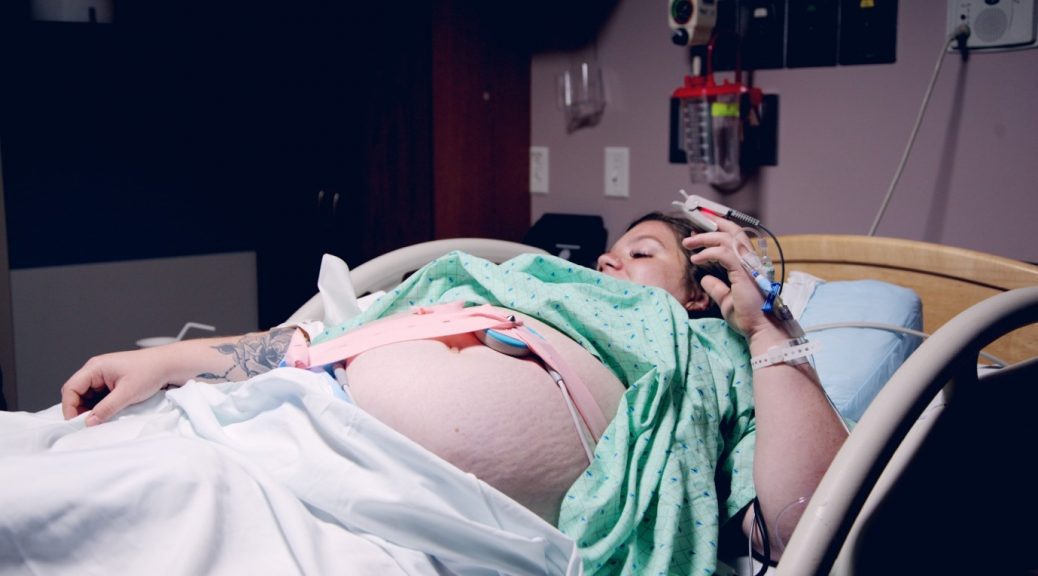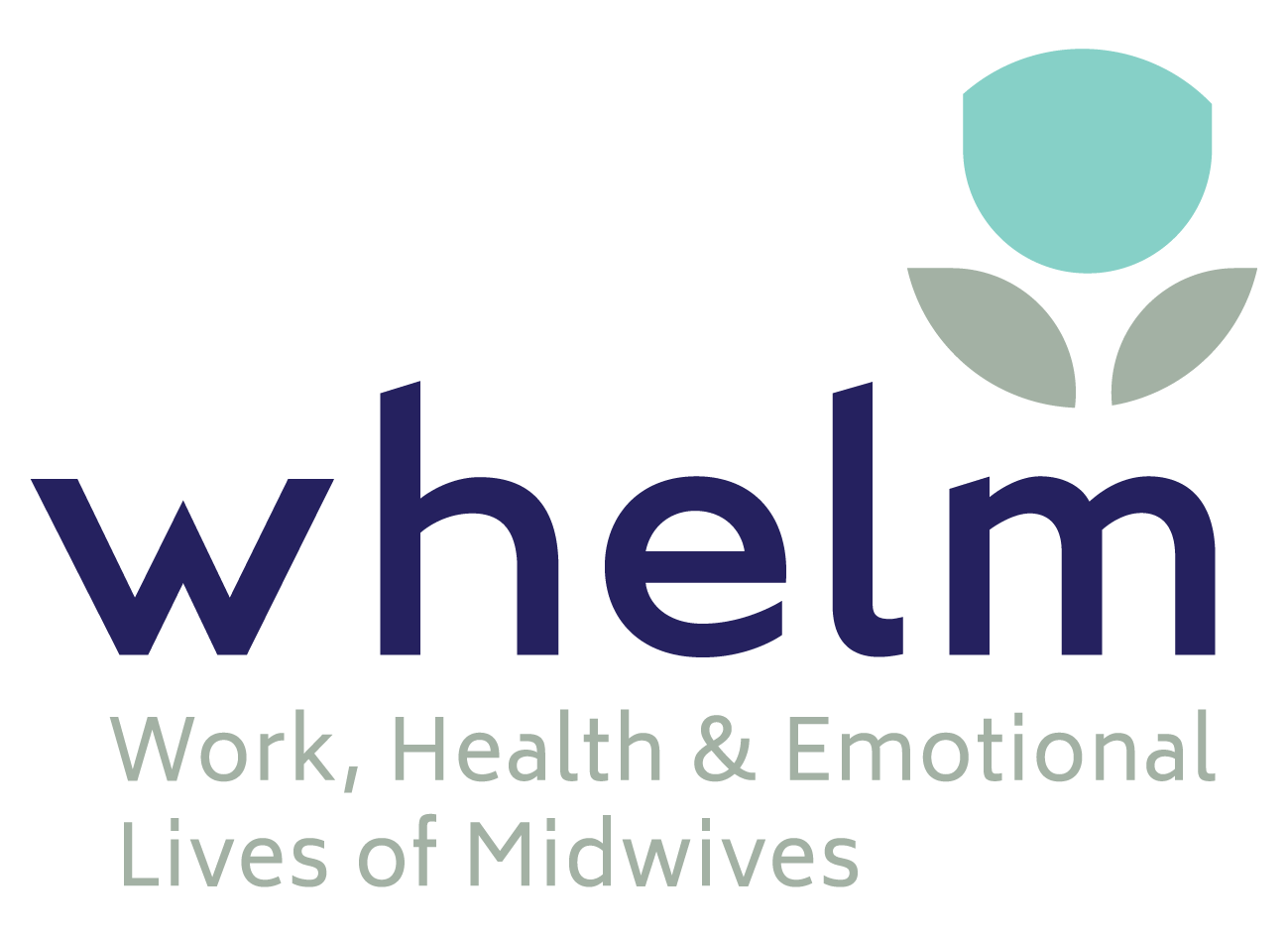Clinical practice guidelines
Clinical practice guidelines have the potential to improve care quality and reduce adverse outcomes (Kredo et al., 2016). Consumers and maternity providers may assume that maternity guideline recommendations are woman-centred and based on highest-level evidence. In this context, woman-centred means individualised, holistic, and able to facilitate the woman to make autonomous decisions (Sidebotham et al., 2018). Woman-centred includes supporting women who decline recommended maternity care – see more in our blog post here. However, clinical practice guidelines may not support women’s active engagement in decision-making, nor consider her personal assessment of risk and benefit – see more in our blog post here. Furthermore, many guidelines are based on lower levels of evidence including consensus of expert opinion.
Intrapartum fetal surveillance
In this midwifery student post, we consider whether a specific clinical practice guideline, Intrapartum Fetal Surveillance (RANZCOG, 2019), is evidence-based and woman-centred. The guideline states the primary goal of continuous electronic monitoring of the fetal heart rate during labour (CTG) is to “prevent adverse perinatal outcomes arising from fetal metabolic acidosis and cerebral hypoxia related to labour” (RANZCOG, 2019, p.4). Therefore, the guideline advises, maternity providers should recommend CTG to all women in labour who have risk factors for fetal compromise (RANZCOG, 2019). But highest-level evidence demonstrates CTG fails to reduce the occurrence of adverse perinatal outcomes (Alfirevic et al., 2017), even for women with risk factors (Small et al., 2020).
Evidence
A literature review on CTG included all randomised trials and observational studies conducted between 1966 and 2019 (Small et al., 2020). The researchers assessed the risk of bias in the included studies and reported that all studies had a moderate, serious, or critical risk of bias (Small et al., 2020). Importantly, only those studies that had a critical risk of bias reported benefits associated with CTG (i.e., reduced rates of perinatal mortality) (Small et al., 2020). The guideline’s recommendation of CTG for women with risk factors, references the Cochrane systematic review. This review compared CTG monitoring with intermittent auscultation during labour (Alfirevic et al., 2017). The recommendation is troubling because the review reported no difference in perinatal mortality or neonatal seizures between women with risk factors who had CTG versus intermittent auscultation (Alfirevic et al., 2017). For more about CTG see this blog post
Woman-centredness
Despite lack of evidence for CTG, the list of risk factors which require recommendation of CTG, appears to grow with each guideline revision. The guideline outlines risks for fetal compromise that are related to the woman and her body, such as body mass index, age, gravidity, amongst others. Dahlen (2016) argues this disempowers women and encourages them to believe that they or their bodies cause adverse outcomes (Dahlen, 2016). In other words, women are viewed as liabilities during their labour and birth due to the focus on ‘risks’ associated with their bodies (Small et al., 2021; Dahlen, 2016). A survey of obstetricians and midwives reports clinicians commonly believe the needs of the fetus are paramount (feto-centric), and that obstetricians have legal responsibility for birth outcomes (Kruske et al., 2013). Neither of these beliefs are substantiated by the law (Kruske et al., 2013). However, concern about medico-legal risk may help to explain why the guideline continues to recommend intrapartum CTG in the absence of evidence.
Why do guidelines matter?
Maternity providers use clinical guidelines to provide women with information on the risks and benefits of interventions, to assist them to make an informed decision (Sidebotham et al., 2018). However, commonly in maternity care what is ‘risky’ is determined by those in power and “perpetuated by authority rather than evidence” (Newnham, McKellar & Pincombe, 2015). The guideline perpetuates the belief that labour and birth with intermittent fetal heart rate auscultation is ‘risky’ while CTG is ‘safe’. When clinical guidelines do not align with evidence, they can act as a barrier to the provision of accurate information and may cause harm. In the case of CTG monitoring during labour, the associated harms are an increased risk of caesarean section (Heelan‐Fancher et al., 2019). This harm is compounded by the potential negative consequences of caesarean section – which are detailed in this post.
Where to from here?
Intrapartum fetal surveillance guidelines need to be revised to reflect that intermittent auscultation of the fetal heart rate during labour is a valid choice, consistent with the evidence.
References
Alfirevic, Z., Gyte, G. M., Cuthbert, A., Devane, D., & Alfirevic, Z. (2017). Continuous cardiotocography (CTG) as a form of electronic fetal monitoring (EFM) for fetal assessment during labour. Cochrane Database of Systematic Reviews. https://doi.org/10.1002/14651858.CD006066.pub3
Dahlen, H. (2016). The politicisation of risk. Midwifery, 38, 6-8. https://doi.org/10.1016/j.midw.2016.05.011
Heelan‐Fancher, L., Shi, L., Zhang, Y., Cai, Y., Nawai, A., & Leveille, S. (2019). Impact of continuous electronic fetal monitoring on birth outcomes in low‐risk pregnancies. Birth Issues in Perinatal Care, 46(2), 311-317. https://doi.org/10.1111/birt.12422
Kredo, T., Bernhardsson, S., Machingaidze, S., Young, T., Louw, Q., Ochodo, E. & Grimmer, K. (2016). Guide to clinical practice guidelines: the current state of play. International Journal for Quality in Health Care, 28(1), 122-128. https://doi.org/10.1093/intqhc/mzv115
Kruske, S., Young, K., Jenkinson, B., & Catchlove, A. (2013). Maternity care providers’ perceptions of women’s autonomy and the law. BMC Pregnancy and Childbirth. https://doi.org/10.1186/1471-2393-13-84.
Newnham, E. C., McKellar, L. V., & Pincombe, J. I. (2015). Documenting risk: A comparison of policy and information pamphlets for using epidural or water in labour. Women and Birth, 28(3), 221–227. https://doi.org/10.1016/j.wombi.2015.01.012
Sidebotham, M., Bass, J. & Chipperfield, J. (2018). Defining midwifery meta values. Griffith University.
Small, K. A., Sidebotham, M., Fenwick, J & Gamble, J. (2021). Midwives must, obstetricians may: An ethnographic exploration of how policy documents organise intrapartum fetal monitoring practice. Women and birth, https://doi.org/10.1016/j.wombi.2021.05.001
Small, K. A., Sidebotham, M., Fenwick, J., & Gamble, J. (2020). Intrapartum cardiotocograph monitoring and perinatal outcomes for women at risk: Literature review. Women and Birth, 33(5), 411-418. https://doi.org/10.1016/j.wombi.2019.10.002
The Royal Australian and New Zealand College of Obstetricians and Gynaecologists [RANZCOG]. (2019). Clinical Guideline: Intrapartum Fetal Surveillance Fourth Edition. Retrieved from: https://ranzcog.edu.au/RANZCOG_SITE/media/RANZCOG-MEDIA/Women%27s%20Health/Statement%20and%20guidelines/Clinical-Obstetrics/IFS-Guideline-4thEdition-2019.pdf?ext=.pdf








